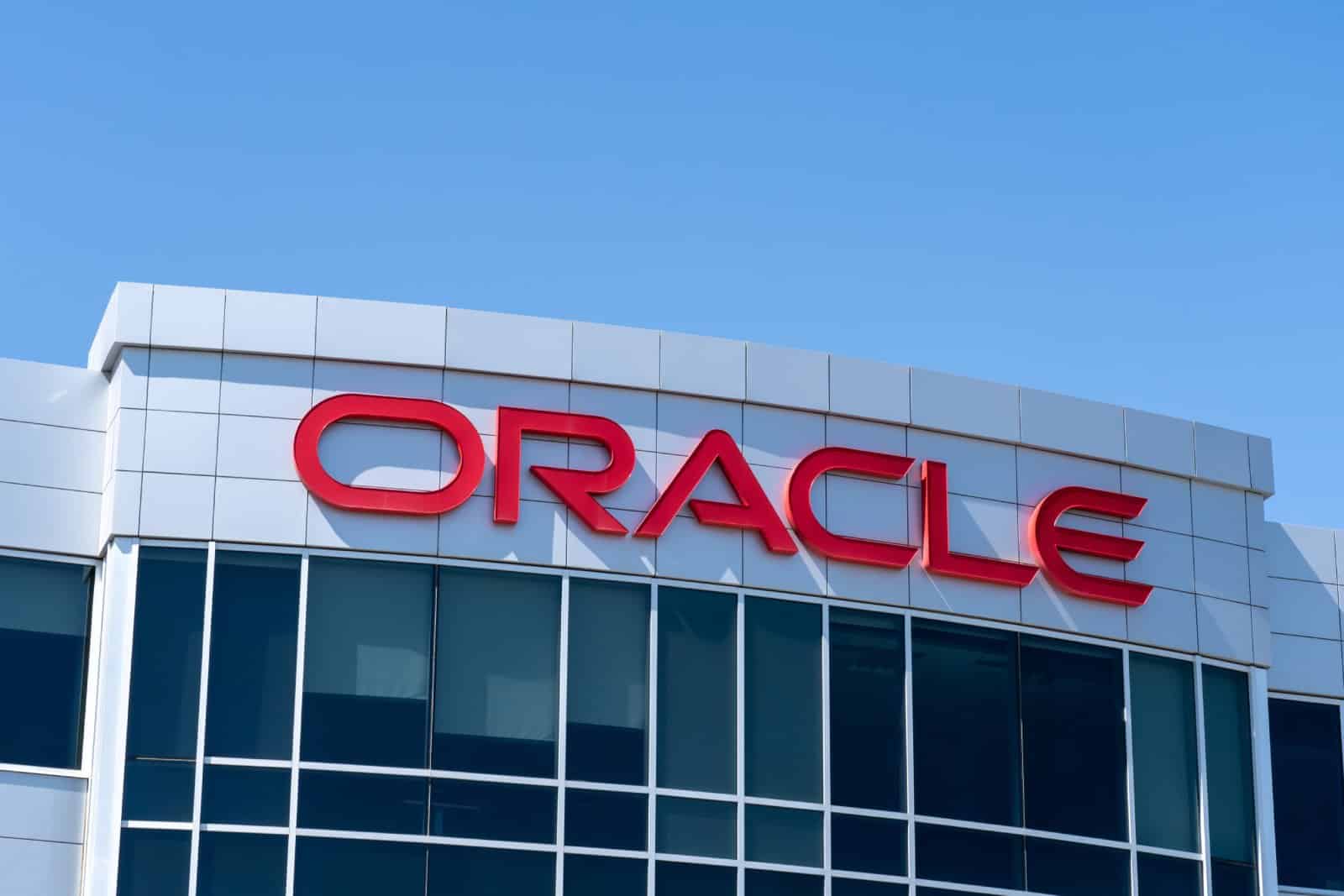Many companies initially embraced remote work during the pandemic but have since shifted their policies, calling employees back to the office. This return has sparked debates about fairness, costs, and convenience, yet there are also notable benefits for productivity, coworking, and mental health. Feeling the impact of these changes?
1. Goldman Sachs

Goldman Sachs has been vocal about returning to an office-centric culture, emphasizing that in-person work fosters greater collaboration and mentorship opportunities. However, this move has raised concerns about commuting costs and work-life balance.
2. Apple

Apple expects employees to work from the office three days a week, citing the need for face-to-face collaboration to drive innovation. This decision has been met with mixed reactions, particularly regarding the commute and the cost of living near Apple’s expensive headquarters.
3. Amazon

Amazon has shifted its stance, now requiring corporate employees to return to the office at least three days a week. They argue that this fosters a culture of collaboration and maintains productivity, though it reintroduces commuting costs and rigid schedules.
4. Disney

Disney has called for a hybrid work model, with staff required in the office four days a week. They believe that this enhances creative collaboration and builds a stronger corporate culture, even though it reduces the flexibility many employees came to appreciate during remote work.
5. JP Morgan Chase

JP Morgan Chase has been a strong advocate for returning to the office, emphasizing the importance of in-person interactions for business dealings and internal dynamics. While productive, the shift back has also led to concerns about work-life balance.
6. Wells Fargo

Wells Fargo requires employees to be in the office three days a week, citing benefits like enhanced teamwork and employee engagement. However, the cost and time of commuting have not been well-received by everyone.
7. Comcast

Comcast has insisted on a hybrid model where employees must be in the office part of the week. They claim this boosts productivity and helps maintain the company culture, but it has also reintroduced commuting challenges.
8. Bank of America

Bank of America has been pushing for more in-office presence to foster better connections and collaboration among staff. This approach aims to enhance productivity and team dynamics but comes at the expense of commuting and flexibility.
9. Tesla

Elon Musk famously declared that Tesla employees must return to the office full-time or leave the company. He argues that this is crucial for maintaining Tesla’s high-paced innovation and operations, though it has sparked significant debate about work culture and employee freedom.
10. Oracle

Oracle has moved to a model requiring more in-office presence, believing that it enhances collaboration and accelerates decision-making. The shift, however, has been challenging for those who prefer the flexibility of remote work.
11. IBM

IBM has called its employees back to the office, with leadership stating that being together enhances community feeling and collaborative efforts. This transition aims to bolster productivity but has affected employee satisfaction regarding commute times and flexibility.
12. Raytheon

Raytheon requires most employees to work onsite, arguing that certain projects require high security and collaboration that remote settings cannot provide. This has led to logistical challenges for many workers.
13. General Motors

General Motors encourages in-office work to boost creativity and collaboration among teams. While beneficial for project synergy, it requires employees to adjust back to pre-pandemic commuting routines.
14. Chevron

Chevron has asked employees to return to the office, citing the importance of in-person collaboration for their operations. The move has raised questions about cost-effectiveness and the environmental impact of daily commutes.
15. MetLife

MetLife believes in the benefits of a hybrid working model to support employee collaboration and well-being. They claim this approach balances productivity with employee health, though it does limit personal flexibility.
16. Morgan Stanley

Morgan Stanley has been firm about employees returning to the office, with leadership highlighting the importance of in-person work for fostering a strong corporate culture and accelerating productivity.
17. Citi

Citi has implemented a hybrid work model, requiring employees to be in the office several days a week. They argue that this enhances teamwork and client relationships, though it reintroduces daily commuting.
18. State Farm

State Farm encourages in-office work for most employees, believing that it leads to better communication and team cohesion. However, this shift has been a point of contention regarding commuting and flexibility.
19. Boeing

Boeing has maintained that onsite work is essential for most of its employees due to the nature of their work, emphasizing improved collaboration and security. The required return has, however, been inconvenient for many.
20. Verizon

Verizon has called its employees back to the office, claiming that it enhances teamwork and customer service efficiency. While there are clear benefits, the loss of remote work flexibility has been challenging for many.
21. Pfizer

Pfizer has shifted back to an in-office policy, stating that this facilitates better collaboration and faster decision-making in their critical work. While this can enhance productivity, it has also reintroduced commuting and scheduling challenges for staff.
A Necessary Evolution?

With companies pushing for a return to the office, it’s essential to balance the undeniable benefits of in-person collaboration with the genuine concerns of employees. How will these changes impact your professional and personal life? Could this shift back to the office be a step forward, or does it risk a step back in employee satisfaction and work-life balance?
The post Remote Reversal: 21 Companies Ditching Work-from-Home, Commuter Chaos Ahead first appeared on Not Your Boss Babe.
Featured Image Credit: Shutterstock / Diego Cervo.
The content of this article is for informational purposes only and does not constitute or replace professional financial advice.
For transparency, this content was partly developed with AI assistance and carefully curated by an experienced editor to be informative and ensure accuracy.





Leave a Reply